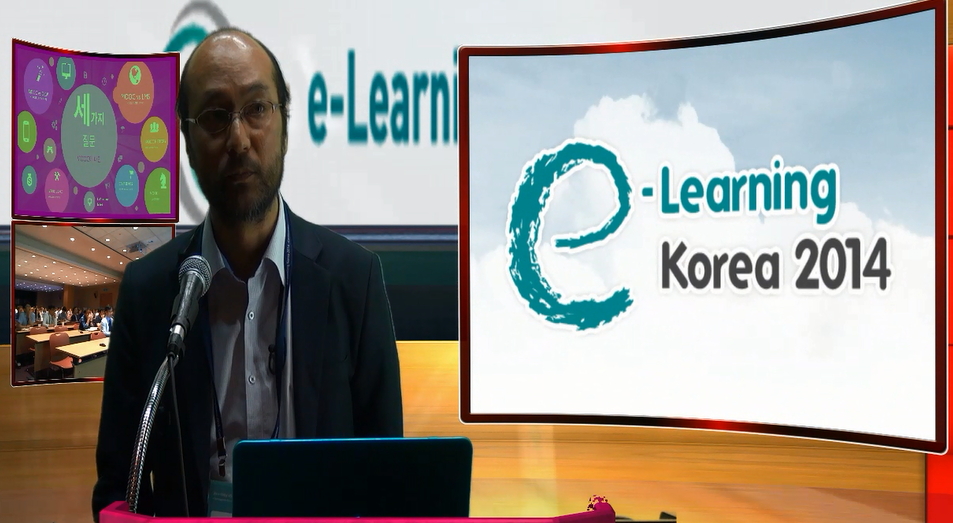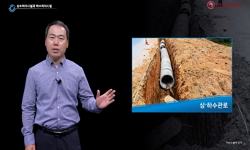<P><B>Abstract</B></P> <P>Microalgae are a potential source of sustainable biomass feedstock for biofuel generation, and can proliferate under versatile environmental conditions. Mass cultivation of microalgae is the mos...
http://chineseinput.net/에서 pinyin(병음)방식으로 중국어를 변환할 수 있습니다.
변환된 중국어를 복사하여 사용하시면 됩니다.
- 中文 을 입력하시려면 zhongwen을 입력하시고 space를누르시면됩니다.
- 北京 을 입력하시려면 beijing을 입력하시고 space를 누르시면 됩니다.


Recent progress in microalgal biomass production coupled with wastewater treatment for biofuel generation
한글로보기https://www.riss.kr/link?id=A107508632
- 저자
- 발행기관
- 학술지명
- 권호사항
-
발행연도
2017
-
작성언어
-
- 주제어
-
등재정보
SCOPUS,SCIE
-
자료형태
학술저널
-
수록면
1189-1211(23쪽)
- 제공처
-
0
상세조회 -
0
다운로드
부가정보
다국어 초록 (Multilingual Abstract)
<P><B>Abstract</B></P> <P>Microalgae are a potential source of sustainable biomass feedstock for biofuel generation, and can proliferate under versatile environmental conditions. Mass cultivation of microalgae is the most overpriced and technically challenging step in microalgal biofuel generation. Wastewater is an available source of the water plus nutrients necessary for algae cultivation. Microalgae provide a cost-effective and sustainable means of advanced (waste)water treatment with the simultaneous production of commercially valuable products. Microalgae show higher efficiency in nutrient removal than other microorganisms because the nutrients (ammonia, nitrate, phosphate, urea and trace elements) present in various wastewaters are essential for microalgal growth. Potential progress in the area of microalgal cultivation coupled with wastewater treatment in open and closed systems has led to an improvement in algal biomass production. However, significant efforts are still required for the development and optimization of a coupled system to simultaneously generate biomass and treat wastewater. In this review, the systematic description of the technologies required for the successful integration of wastewater treatment and cultivation of microalgae for biomass production toward biofuel generation was discussed. It deeply reviews the microalgae-mediated treatment of different wastewaters (including municipal, piggery/swine, industrial, and anaerobic wastewater), and highlight the wastewater characteristics suitable for microalgae cultivation. Various pretreatment methods (such as filtration, autoclaving, UV application, and dilution) needed for wastewater prior to its use for microalgae cultivation have been discussed. The selection of potential microalgae species that can grow in wastewater and generate a large amount of biomass has been considered. Discussion on microalgal cultivation systems (including raceways, photobioreactors, turf scrubbers, and hybrid systems) that use wastewater, evaluating the capital expenditures (CAPEX) and operational expenditures (OPEX) of each system was reported. In view of the limitations of recent studies, the future directions for integrated wastewater treatment and microalgae biomass production for industrial applications were suggested.</P> <P><B>Highlights</B></P> <P> <UL> <LI> Challenges in using wastewater for microalgae cultivation and biomass production. </LI> <LI> Treatment of different wastewaters and reuse of the treated water. </LI> <LI> Recovery of valuable nutrients (N/P) and removal of organic pollutants. </LI> <LI> Application of wastewater in raceways, photobioreactors, turf scrubbers, and hybrid systems. </LI> <LI> Genetically engineered microalgae for efficient wastewater treatment. </LI> </UL> </P>
동일학술지(권/호) 다른 논문
-
An overview of microdiesel — A sustainable future source of renewable energy
- Elsevier
- Bhatia, Shashi Kant
- 2017
- SCOPUS,SCIE
-
Performance improvement of double-pass solar air heater – A state of art of review
- Elsevier
- Alam, Tabish
- 2017
- SCOPUS,SCIE
-
Potentiality of renewable resources: Economic feasibility perspectives in South Korea
- Elsevier
- Park, Eunil
- 2017
- SCOPUS,SCIE
-
What motivations drive sustainable energy-saving behavior?: An examination in South Korea
- Elsevier
- Park, Eunil
- 2017
- SCOPUS,SCIE




 ScienceON
ScienceON






